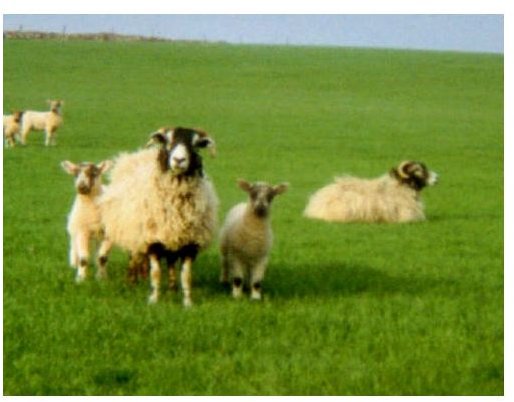All About the Human Effects on Grasslands Past and Present
An Introduction and Facts About Grasslands
Grasslands, otherwise known as greenswards, are tracts of land where grasses and other plants are abundantly growing. It is only in Antarctica where no grass grows. Tracts of land teeming with grasses are regarded as the impermanent biome. Being a biome, they can transform into either a forest or a desert. When they take in lots of rain, they become forests, but without water, they are reverted to becoming desert land.
Plants in grasslands differ in height, reaching only to a height of 30 centimeters (12 inches) or as tall as the grass prairie of North America. However, woody plants, trees and shrubs also vegetate in grassland territories. The ecosystem of the grasslands works where it nourishes avian inhabitants, winged anthropods, and big and small mammals, which in turn, provide man with meat, milk and other dairy products.
History of the Grasslands
Many years ago, the immense grasslands of America’s Great Plains and Great Basin were homes to a multitude of Indian clans and wildlife. There were 20 million buffalos roaming freely across the prairies which the Indians relied upon for meat and clothes. The passage of the Homestead Act of 1862, welcomed 6 million colonizers and thus began one of the worst environmental disasters in the history of mankind. Human effects on grasslands have brought nothing but misery to man, flora and fauna that once lived in these areas.
Human Effects on Grasslands
The personal and economic activities of man made him the culprit in the risk of extinction of the prairies. The main existence of the flora and the fauna were at stake. Here are some of the negative effects of the human impacts on grasslands in the past:
- Buffalos were hunted and slaughtered for food, for their hide for clothing, bones for tools or just for the fun of hunting a big mammal. In the year 1900, only 600 buffalos were roaming the prairies.
- The vast land was cultivated to plant corn and wheat. The settlers did not allow the soil to rest by continued planting and replanting, so the soil became infertile.
- Grasslands were cut down to make way for houses and fields. There was no more food available for wildlife. Both livestock and buffalos competed for their food.
- The problem of overgrazing caused soil erosion. Sandstorms brought damage to life and property.
- Humans, by their carelessness, accidentally started fires which spread towards these vast areas.
- Many animals have been killed for the value of their body parts: the ivory tusks of elephants demanded a high price, the furs of lions were expensive and the meat of the bison was palatable.
This sad state of affairs was stopped and tragedy was averted by government intervention. Grasslands were partitioned and placed under government protection. These were converted into national parks and their grasses were replanted. As man is the culprit of this environmental disaster, he has the obligation to replenish what he has wasted. Today, the human effects on grasslands have been slowly eliminated.
